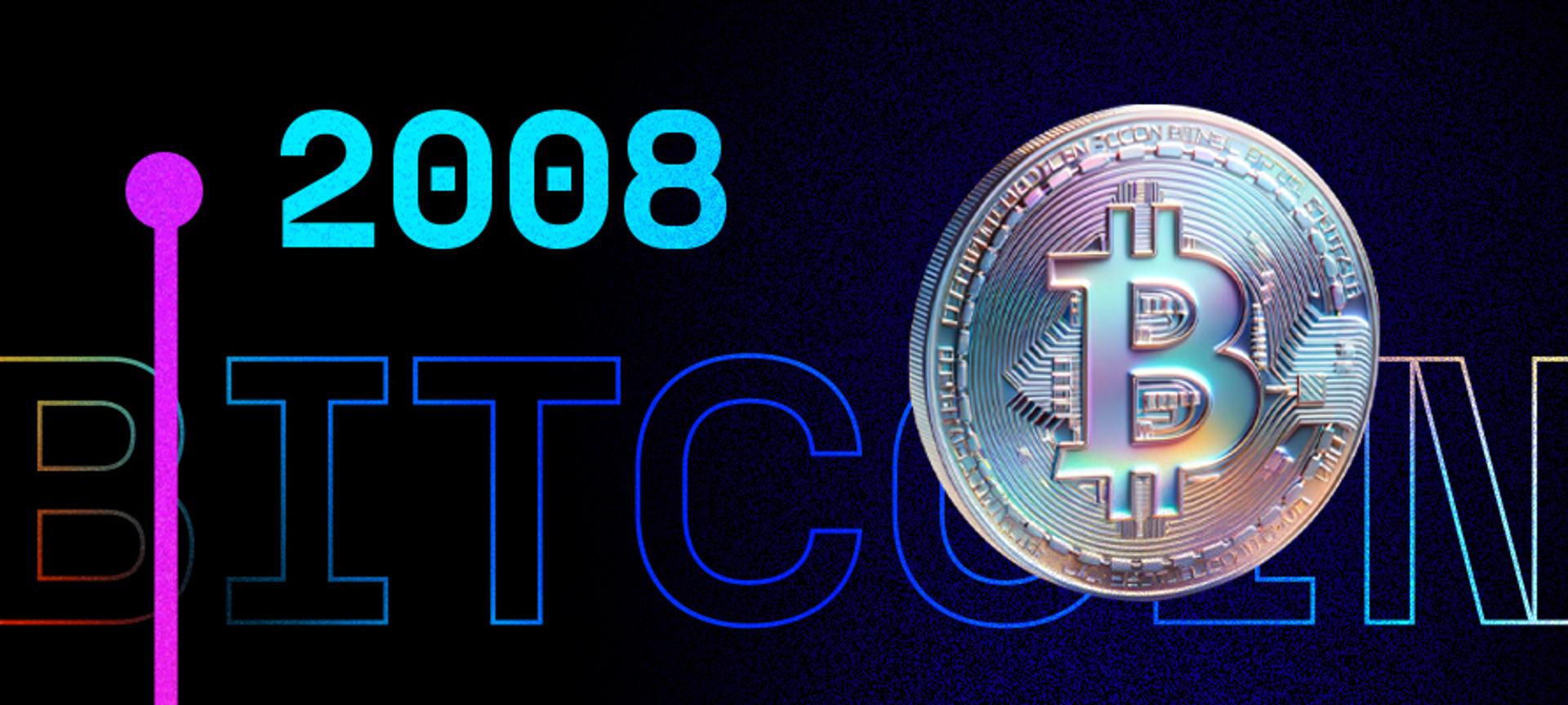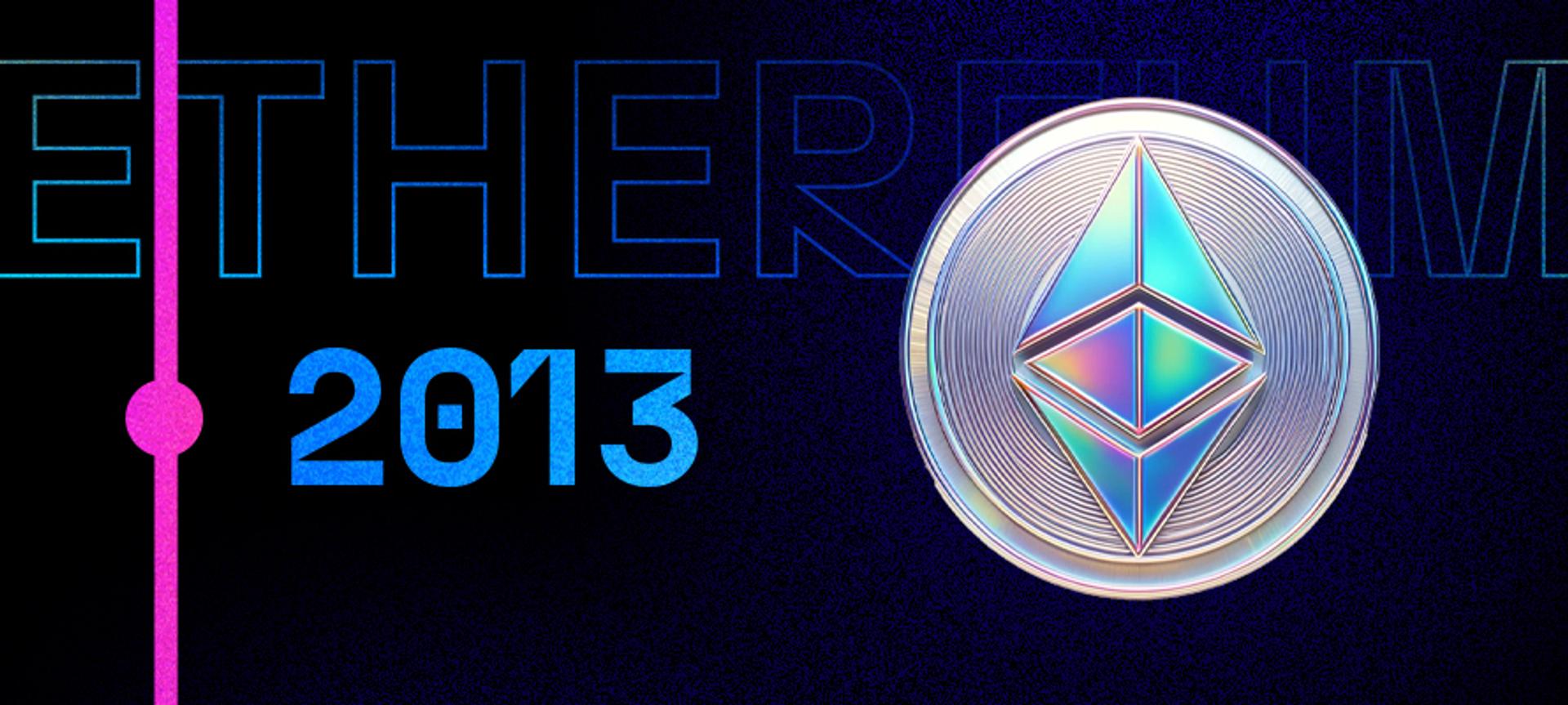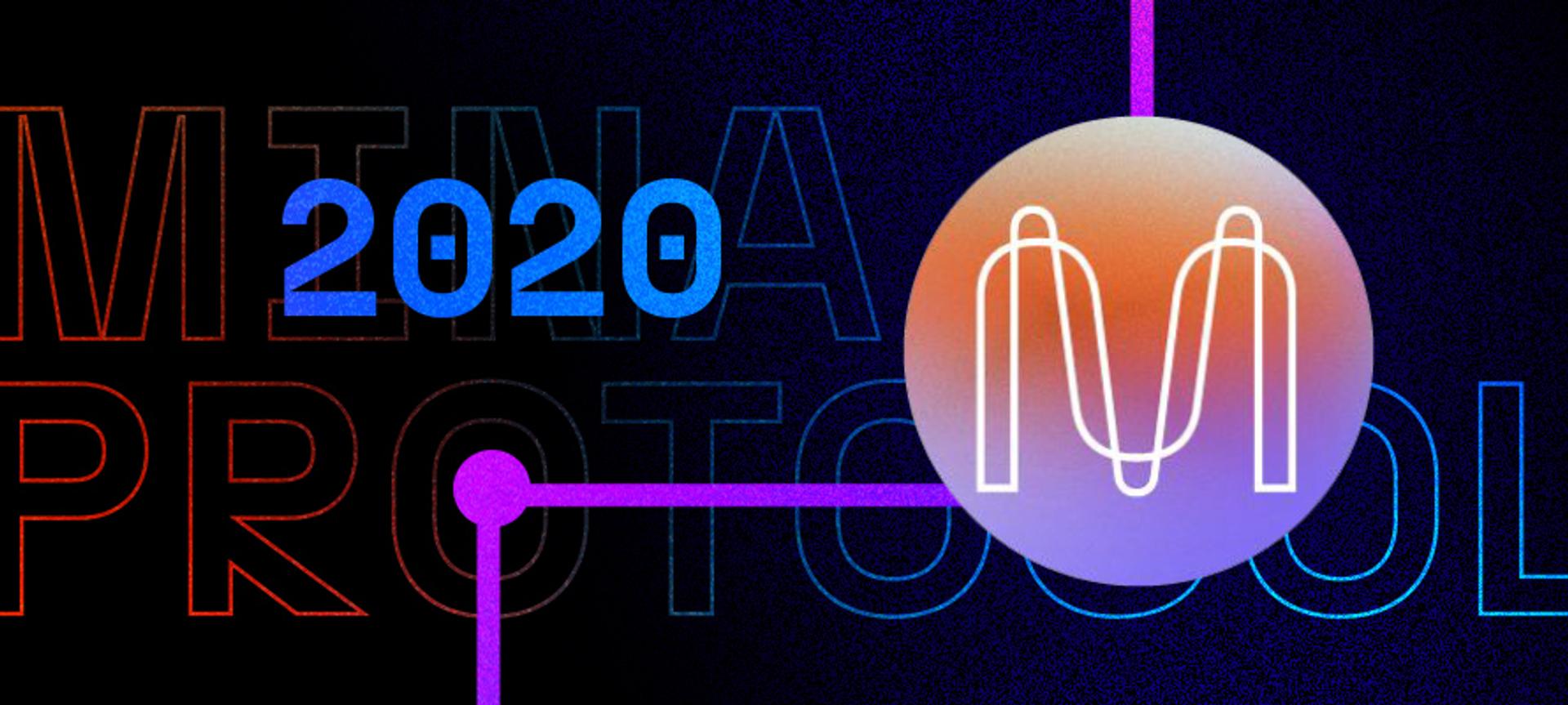TL;DR: On June 4th, Mina Protocol’s community executed a hard fork to upgrade the blockchain to the Berkeley release. This is not just a giant step for the Mina ecosystem, it's a giant leap forward for the entire crypto industry.
The story of crypto is a story of challenging existing systems in search of better ones, from Bitcoin to Ethereum to Mina and others.
As we close in on 16 years since the release of Bitcoin, to understand the significance of Mina Protocol's Berkeley upgrade, we need to view it through the lens of history.
2008 - Satoshi and Bitcoin

I don't think it's a coincidence that the genesis block of Bitcoin was inscribed with the message "Chancellor on brink of second bailout for banks" in the midst of the 2008 financial crisis.
While Satoshi remains anonymous, it's clear that Bitcoin's inventor was dissatisfied with aspects of the global financial system. Perhaps that capitalism's "creative destruction" didn't apply to the top 1% or that many governments had seemingly given up on Keyne's advice to save when times are good and spend when times are bad (instead just to spend all the time). Or, a sense that paper-backed money was unsustainable without trust in the prudence of the issuer -- trust that was lacking in the aftermath of 2008.
There was a problem, however. The world was lacking a technology for electronic money that didn't rely on a series of centralized ledgers at banks. It was only because the bank had your account balance and was able to debit/credit it in real(ish)-time that "double-spend" wasn't a practical problem.
Satoshi solved this with the Proof-of-Work algorithm. It enabled a new network -- a decentralized network -- one that didn't rely on central authorities (banks) recording each account balance (ledger) – but on a permissionless set of node operators. A new network and new money was born. A network whereby anyone, anywhere could execute transactions to debit from their account and credit someone else's -- a distributed ledger for the globe where it was cryptographically impossible to double spend your funds.
Second, and perhaps not surprising given the famous genesis inscription, Satoshi capped the supply of Bitcoin at 21 million, ushering in a new type of "money" with a new type of monetary policy—a policy backed by code and the social consensus of participants to keep using that code (instead of, say, releasing new code that inflated supply at 10% per year).
For those looking to hedge against the declining value of fiat currencies and the perceived lack of budgetary discipline of governments and the willingness of Central Banks to finance it, the world had a new financial technology.
2013 - Vitalik and Ethereum

As the idea of money without banks and monetary policy without governments took hold, people started to consider what else we could do with decentralized networks.
Enter Vitalik, Wood et al. They proposed and implemented Ethereum, a network with a currency and monetary supply (echoing Bitcoin) but with something new -- smart contracts. The ability not just to transfer value, but to encode business rules and conditions on those transfers.
The world now had a network not just for storing value, but also for doing business. A network not governed by the jurisdiction of a particular country, state, or city, but a set of rules governed by computer code -- the Ethereum Virtual Machine.
Despite "crypto having no use cases", activity on the network surged. People all around the globe coordinated, built, speculated, transacted, and overwhelmed the network with activity. Gas fees, which are used to incentivize the 100,000s of node operators that keep the network running, and the price of ether (ETH), in which gas is denominated, surged as well. What originally cost a few cents to transact, suddenly ballooned to $50 or more and the network, for all its innovation and ideals of allowing anyone, anywhere to interact and transact, was too expensive for all but a few.
There was also another problem: privacy. While Ethereum wallets were pseudonymous, transactions and patterns of transactions could in theory and in practice be analyzed to de-anonymize users. Doing business on Ethereum meant doing business in the open. High fees and zero privacy have been two big hindrances to mainstream adoption.
2017 - Vitalik, Poon and Rollups

In 2017, the idea of rollups was conceived. Instead of doing transactions on Ethereum, which was expensive, what if transactions were conducted on "sub-networks" and lists of those transactions were uploaded to Ethereum? The designs evolved and resulted in both Optimistic and ZK-Rollups. The core idea worked, and transacting on these sub-networks (rollups) became very cheap. The problem? These sub-networks weren't decentralized. Private companies, foundations, or even individuals controlled these networks, handing the power of "the world computer" or the "people's network" back to a few centralized players. While many rollups are on a road to decentralization, there's a long way to go.
It's the case today that to interact on most blockchains, a user must:
- Choose between high fees (on Ethereum) or sacrificing decentralization by trusting a centralized rollup
- Transact in public, or at least with weak pseudo-anonymity
- Trust a 3rd party -- an RPC (remote procedure call) provider -- to send their transactions to the network
Enter zero-knowledge

At the same time that rollups were gathering traction, a new technology was gaining increasing attention: zero knowledge cryptography (zk).
Zero knowledge, first proposed in 1989, uses very advanced mathematics and cryptography to prove a statement is true, without revealing any additional details about the statement. As an example, zero knowledge can prove "I control a wallet with at least 1 ETH, and I have transferred 0.1 of that ETH to another wallet," without revealing anything else.
This is powerful because it means if Bob is the sender, unlike with Ethereum, Bob doesn't share with the world his entire balance or history of transactions, just enough "proof" for the "world computer" to verify the transaction is valid.
Zero knowledge = Privacy
There is another almost magical property of zero knowledge. While the creation of these "proofs” or “statements” can be computationally expensive, verifying them is cheap. So while Ethereum struggled as usage surged (because every node in the 'world computer' had to run these programs to verify they resulted in the same state changes), zero knowledge offered an alternative: run the programs on a single computer and just send the "proofs" -- the statements -- to the network, which are much cheaper to verify.
Zero knowledge = Scalability
2020 - Bonneau, Meckler, Rao, Shapiro and Mina

Evan Shapiro and Izaak Meckler were fascinated with the power of zero knowledge technology and a vision of how it could create a new blockchain. They imagined a better version of Ethereum that maintained decentralization, while solving the privacy and scalability issues using zero knowledge proofs. The result? Mina.
In 2021, the Mina Protocol was born, launching on mainnet. A decentralized network with many of the properties of Ethereum, but with privacy, scale, and decentralization. That network has been running since 2021, but unlike Ethereum, without smart contracts.
In an industry-first, Mina is also a succinct blockchain, with a single 22KB proof - a proof of everything - which can verify the entire blockchain state. Concretely, this means for a user to be confident they are using the right chain, they only need to verify a short proof, compared to Ethereum, which would require running a large server(s) for days to verify the chain.
Today

Which brings us to today, with Mina’s Berkeley Upgrade. What started in 2008; a journey to give people of the world the ability to store value that is not subject to a money printer, to transact without permission and for low cost, and to maintain their privacy, is realized today.
The Berkeley Upgrade unlocks zkApps on the Mina Protocol: smart contracts, similar to Ethereum, but with application layer-privacy at the foundation.
This is where things get exciting - when you combine an ultra-lightweight zk L1 with these zkApps that can efficiently create and consume ZK proofs, you open up a new design space: using a ‘Proof of Everything’, you unlock a global database of true statements that are composable, reusable, and collaborative. A developer can easily build with and extend any previous proof that lives on the succinct L1. You get a real distributed computer for the first time!
This upgrade of Mina realizes many of the goals of crypto's pioneers from the last 16 years, and more.
But today is day 1, and there is much to do:
- Mina's user and developer base is a fraction of Ethereum's, but we believe that will change rapidly
- Generating a proof takes time, especially on low-powered devices. We need to make it fast to the point of not being noticeable
- In this release, there are limits to how many zkApp transactions are included per block, and we need to remove (or increase) that limit
- Mina produces fewer blocks per minute than other chains, so we need to speed that up.
- We will be victims of our own success if we don't also provide excellent L2 infrastructure. Protokit and Zeko are already making great strides here and are available today.
- We need to interact with the rest of the crypto world! ECDSA/Keccak support gets us part of the way there, and bridging technology will bring us much closer to a world where users can choose where they do business based on their preferences for privacy, fees, trust assumptions and the UX of the apps they use.
- Mina and zkApps are a paradigm shift. They enable whole new classes of systems and applications and we need to help developers understand what’s possible.
We need you…
While the Berkeley upgrade is a major leap forward for both the Mina Protocol and for the crypto industry, we're just getting started. This is just one step in the journey.
Mina Protocol has the foundations of what crypto was meant to be: open, decentralized, private, and with a growing ecosystem of builders, users, investors, researchers, and more, who share a vision to change the world. Come join us!
Mina has an open door, join us on Github, Discord or partners@o1labs.org

